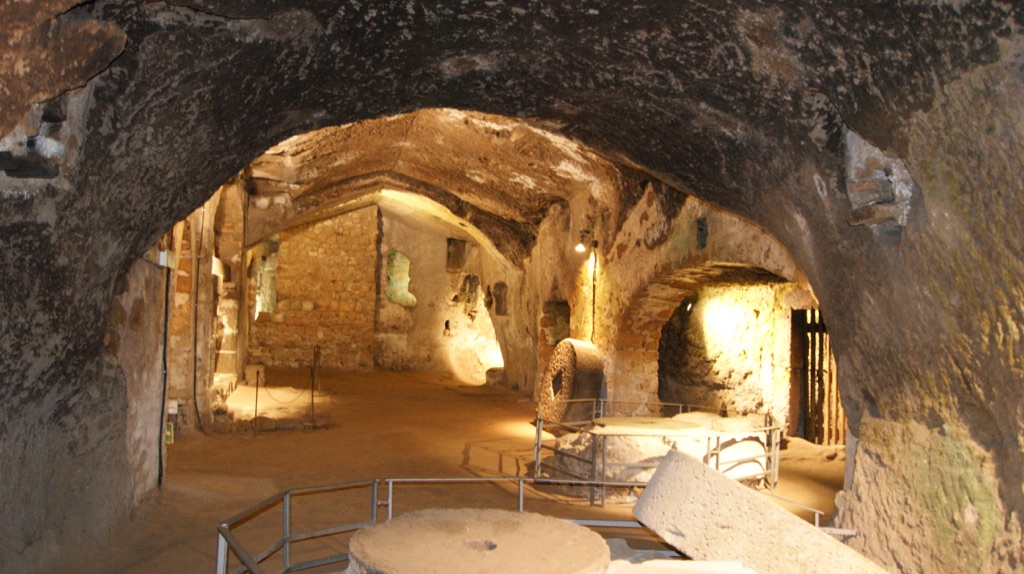Orvieto Underground City is a fascinating historical site, captivating visitors with its intricate network of tunnels and caves. This subterranean wonder dates back over 2,500 years, reflecting the various phases of Orvieto’s history. Explorers can witness Etruscan, medieval, and Renaissance periods etched into the walls. The underground city was skillfully carved from tufa rock, expanding across 1200 passages. Its history is rich with stories of refuge, storage, and mystical rituals, offering a glimpse into past lifestyles. Today, guided tours reveal the city’s incredible engineering and the ancient residents’ adaptability.
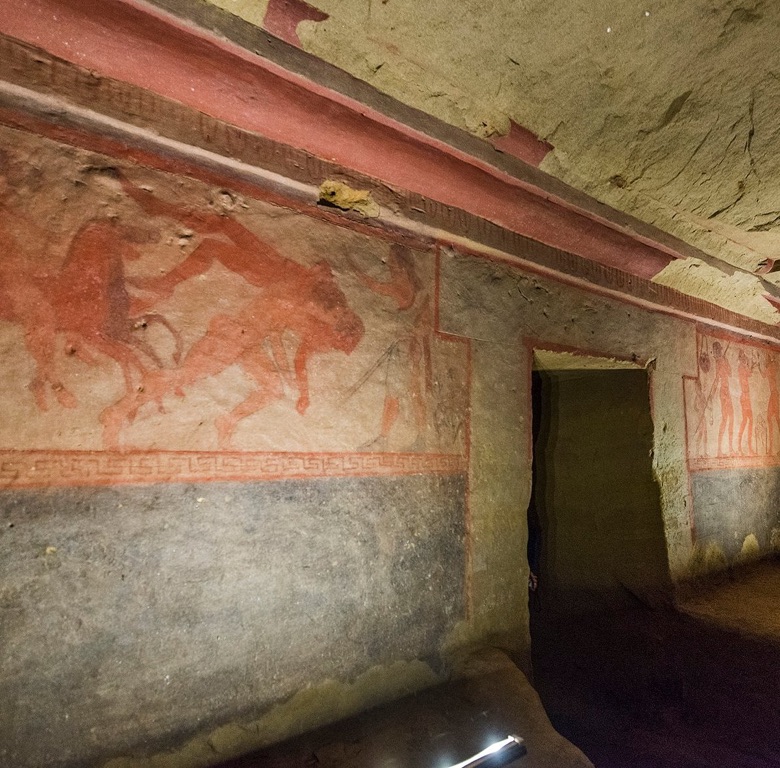
Tomba della Scimmia
The Tomba della Scimmia, or Tomb of the Monkey, holds a significant place in Etruscan history. Found in Chiusi, Italy, this ancient burial site captures attention with its intricate wall paintings and historical richness. The tomb is named after a fresco depicting a monkey, which is unique among Etruscan art. Visitors immerse themselves in a mysterious past where the Etruscans practiced elaborate burial rituals. Though these customs are long gone, they continue to fascinate historians and tourists alike.
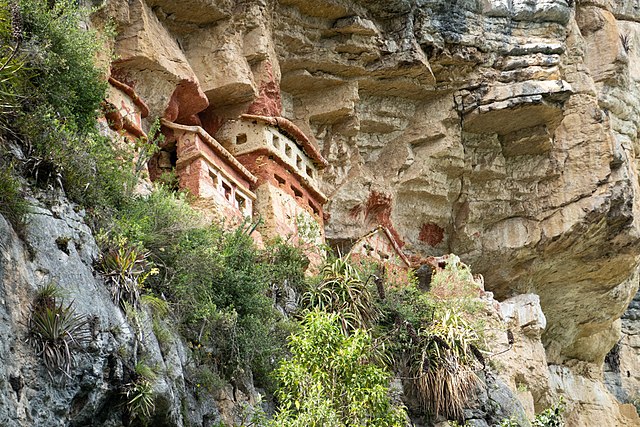
Revash – Ancient Peruvian Funerary Architecture
Revash is a historical archaeological site located in the Utcubamba Valley in Peru. Known for its striking funerary houses or mausoleums, the site offers a unique glimpse into the cultures and civilizations that once thrived in the region. The structures, built into the cliffs and painted in vibrant red and cream hues, have stood the test of time, providing a window into the past. Revash is not just a place, but a story etched in stone, a testament to the ingenuity and artistry of the ancient civilizations that inhabited the region.
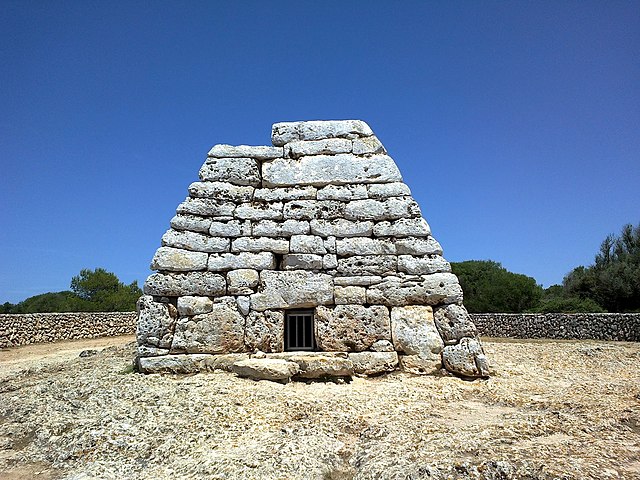
Naveta des Tudons – an Ancient Monument
Summary
The Naveta des Tudons is a prehistoric funerary monument located on the Balearic Island of Menorca, Spain. This well-preserved architectural marvel dates back to the Bronze Age and is considered one of the oldest fully roofed buildings in Europe. Its unique boat-shaped structure, built entirely of dry stone, is a testament to the advanced construction techniques of the Talayotic Culture that inhabited the island between 2000-1000 BC. The Naveta des Tudons has been a subject of extensive archaeological study, revealing valuable insights into the funerary rituals and societal structures of this ancient civilization.
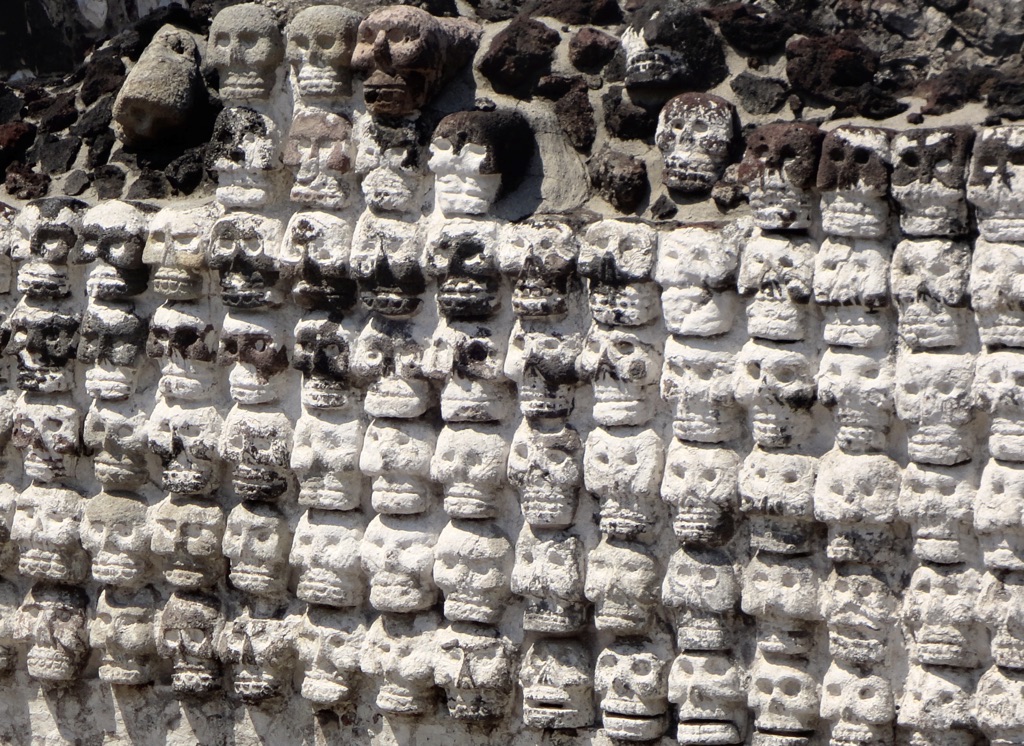
Tzompantli (Aztec Skull Racks)
The Tzompantli, an emblematic structure of Aztec civilization, showcases the ritualistic and cultural significance of Mesoamerican societies. These skull racks were not mere morbid decorations but held deep spiritual and religious meaning. They were used to display the skulls of war captives and human sacrifice victims, reflecting the Aztecs’ belief in life, death, and rebirth. These artifacts of a past civilization provide a window into the complex belief systems that governed the indigenous peoples of what is now Mexico before European contact.
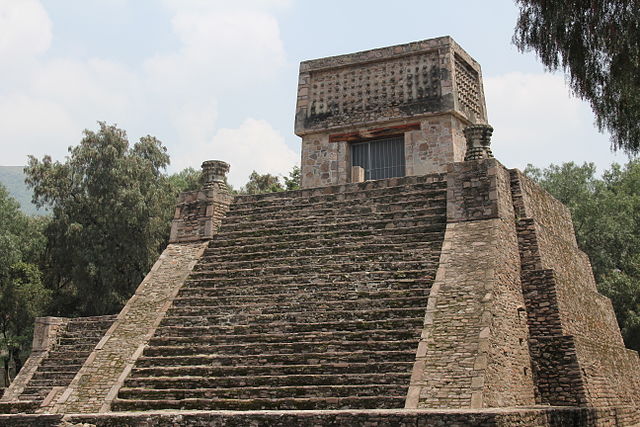
Santa Cecilia Acatitlan
Santa Cecilia Acatitlan is a significant archaeological site located in the municipality of Tlalnepantla de Baz, in the State of Mexico. The site is known for its well-preserved Aztec temple and is believed to have been an important ceremonial center during the Postclassic period. The area was initially inhabited by the Otomi people before being conquered by the Aztecs in the 15th century. The site provides valuable insights into the architectural style, societal organization, and religious practices of the Aztec civilization.

